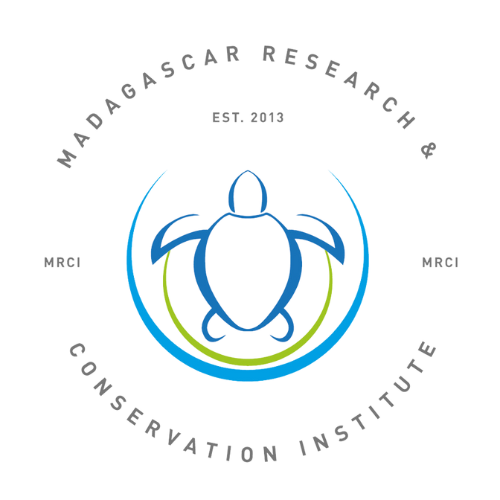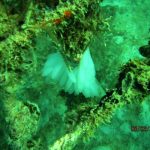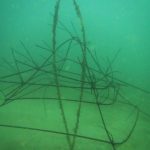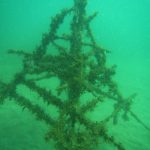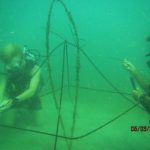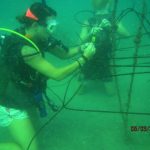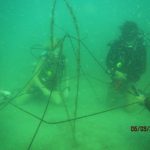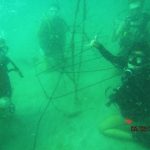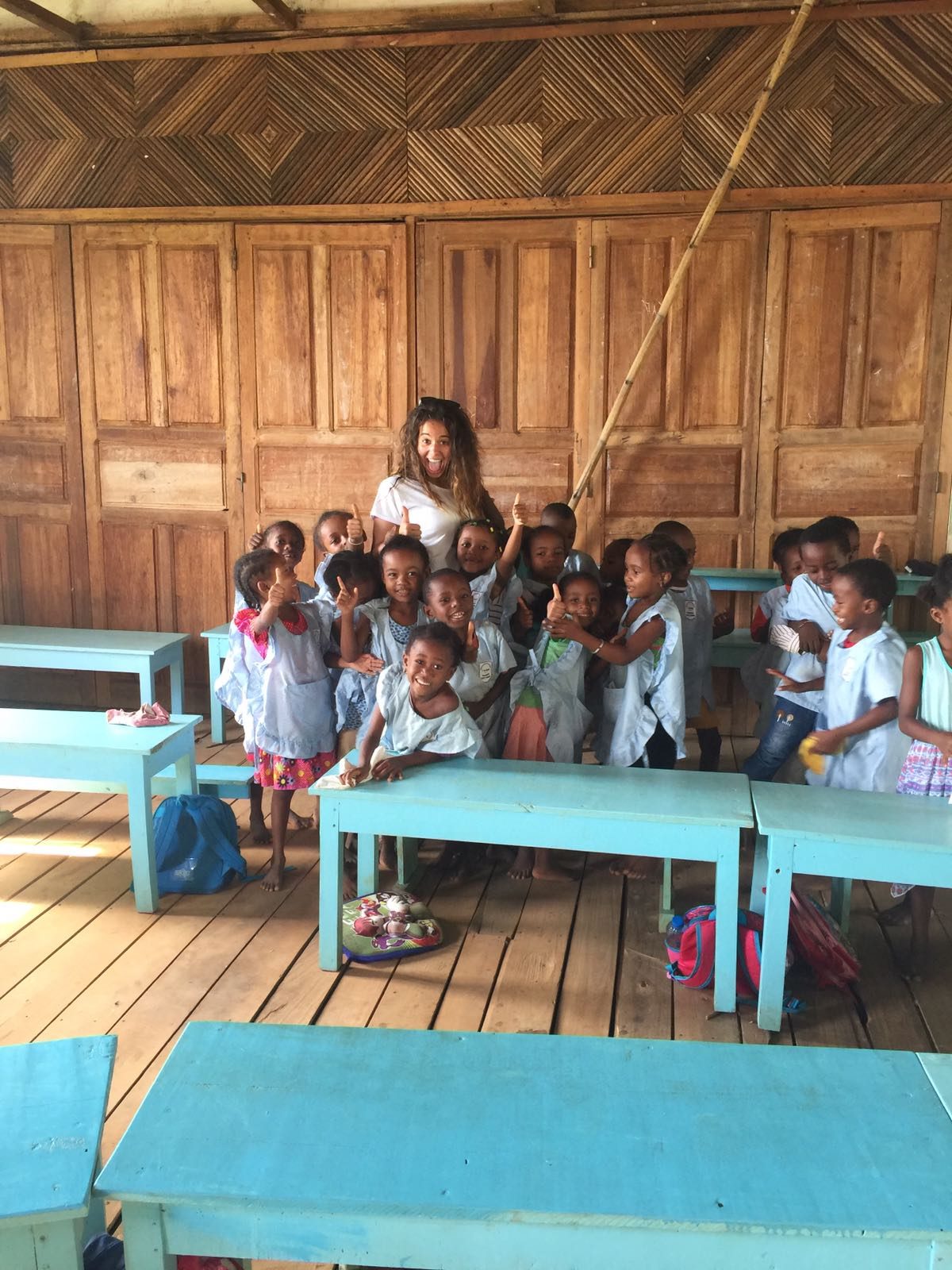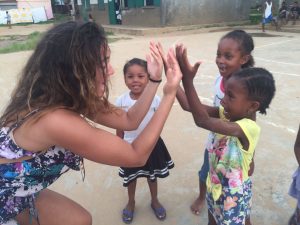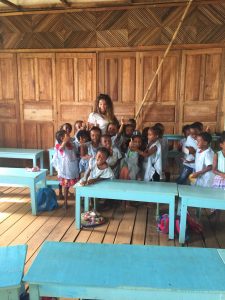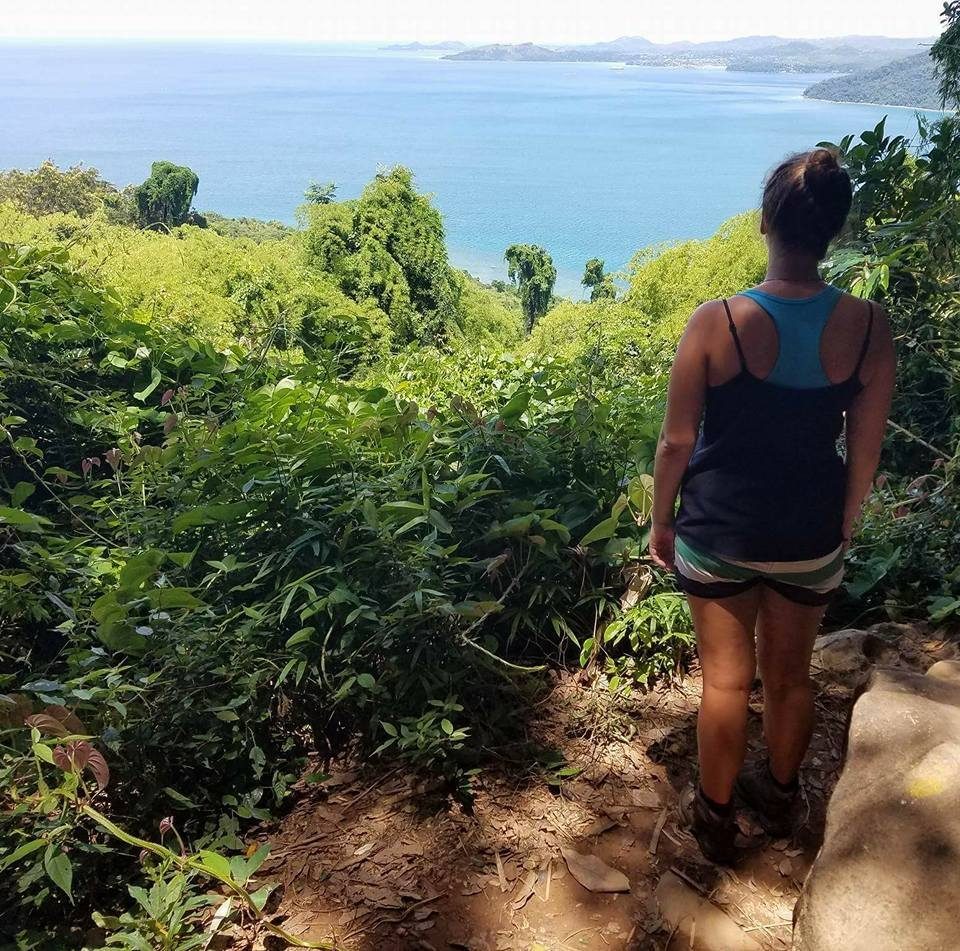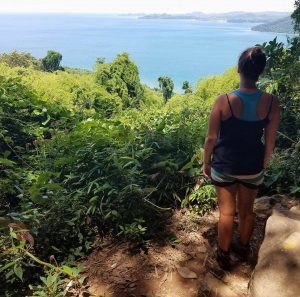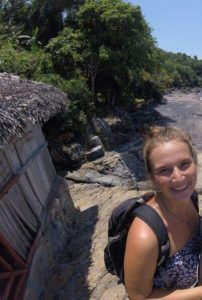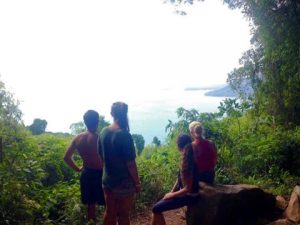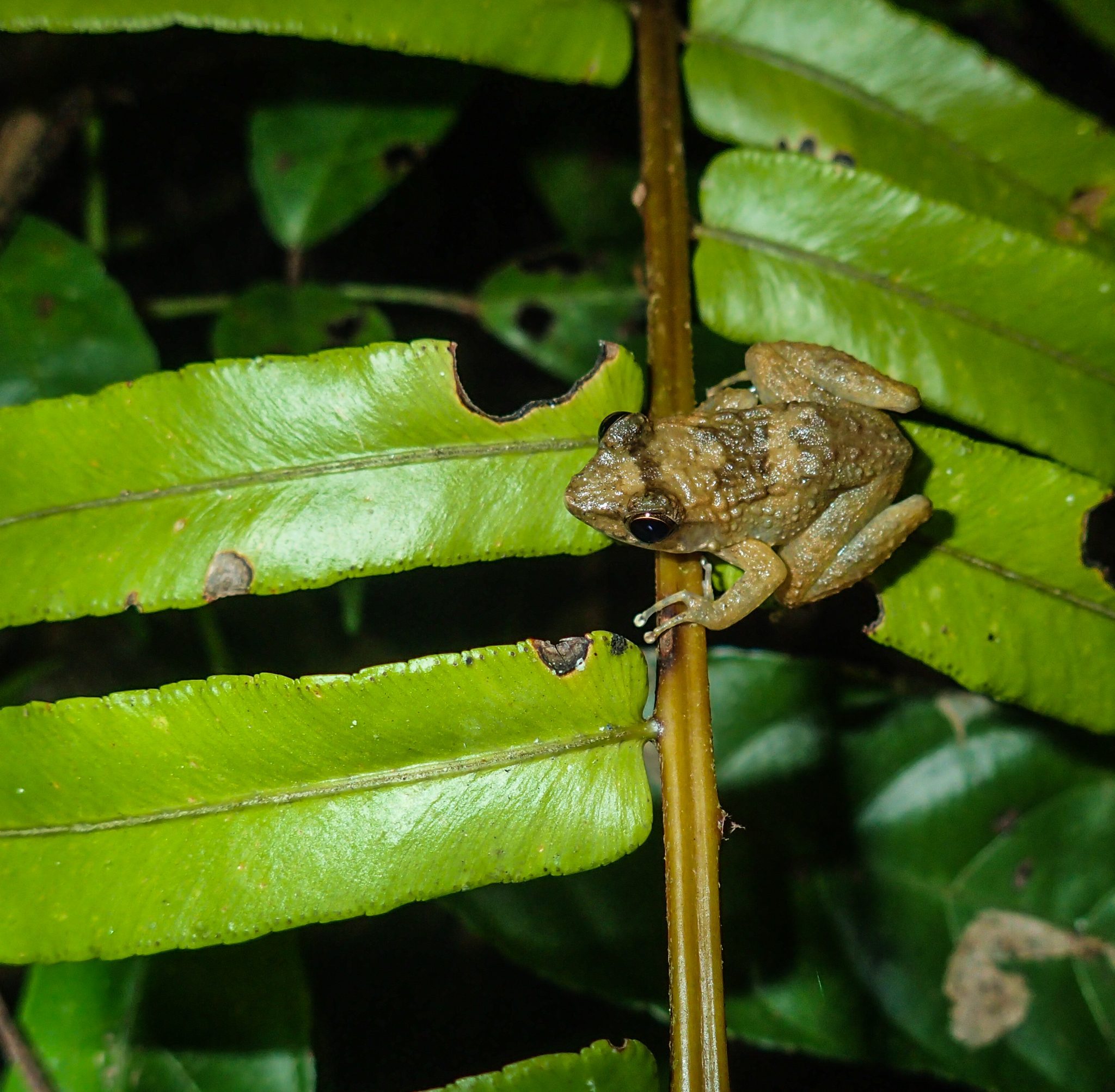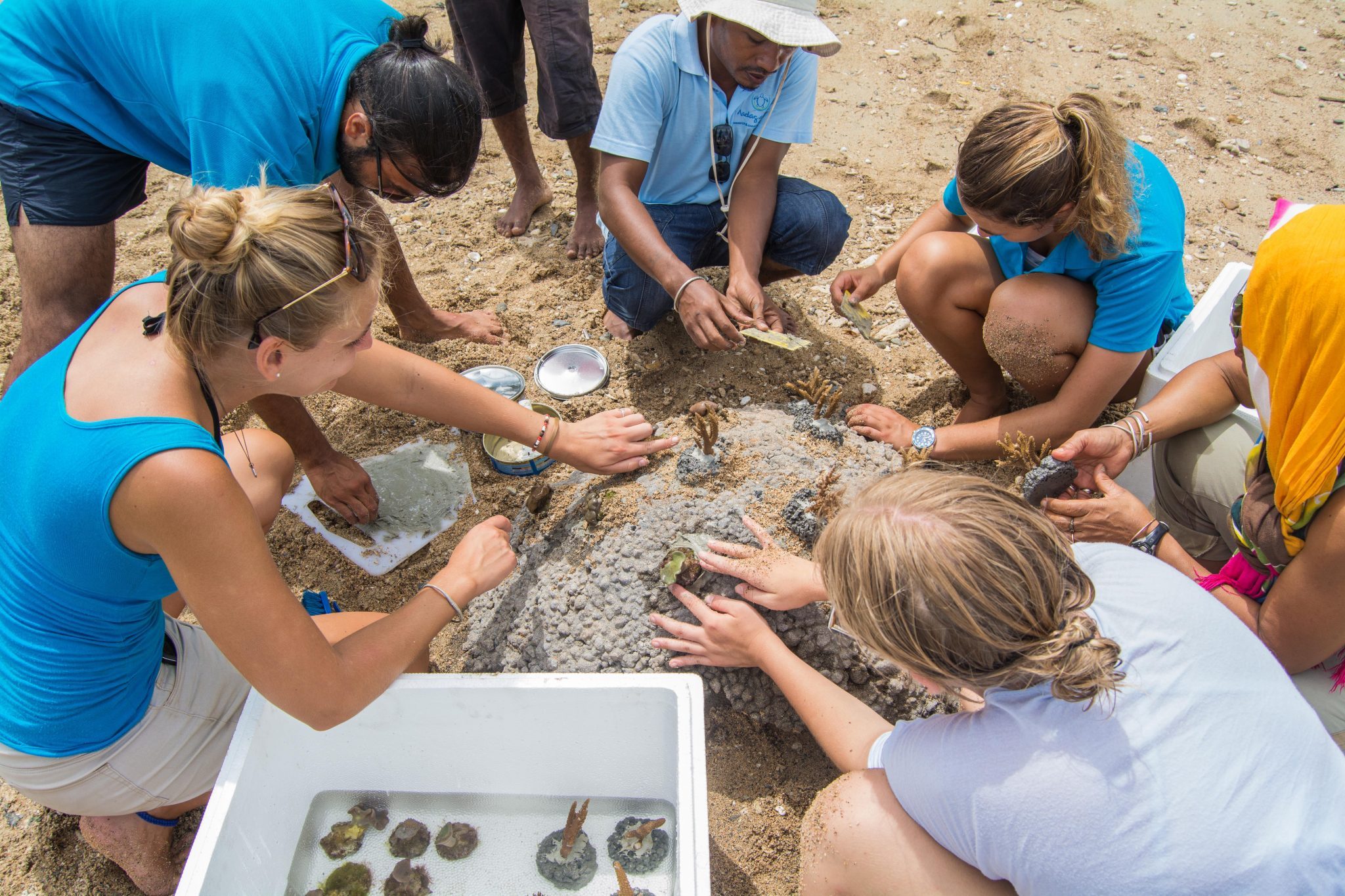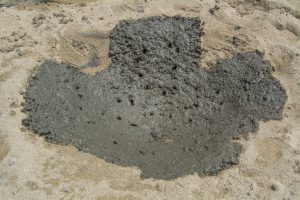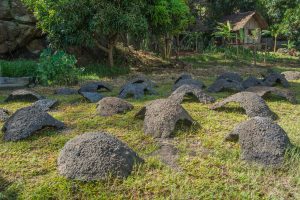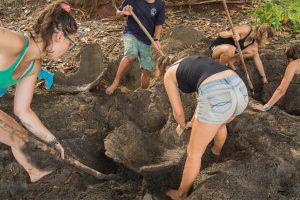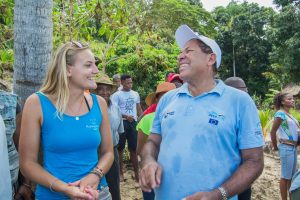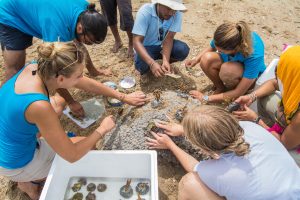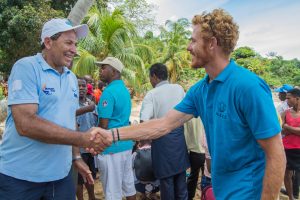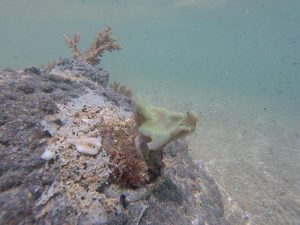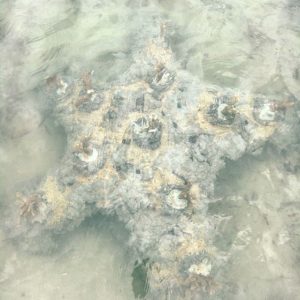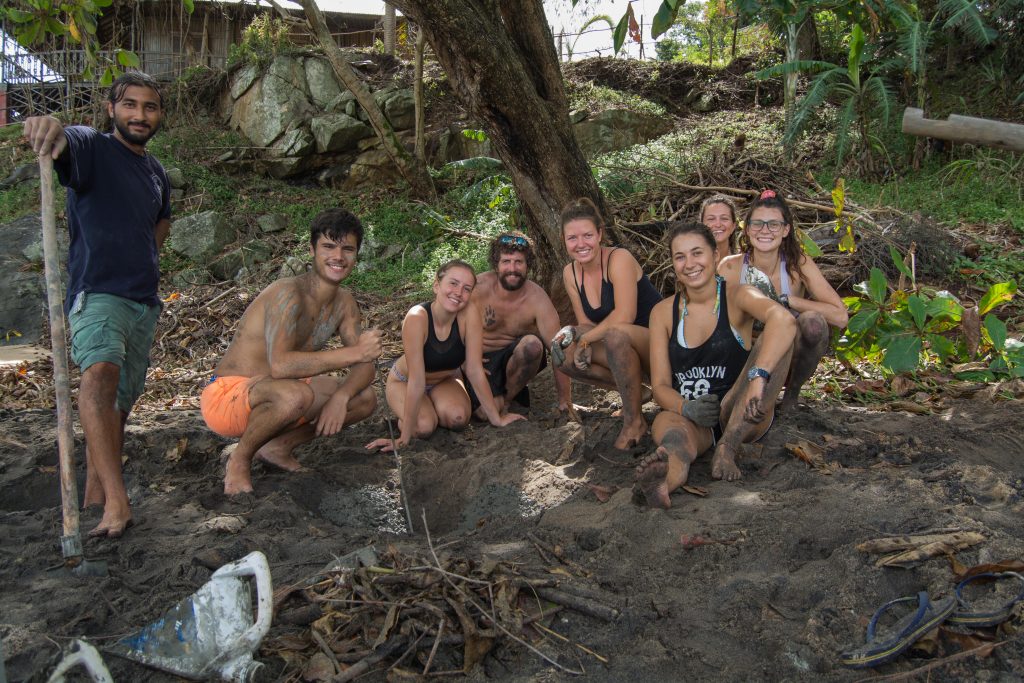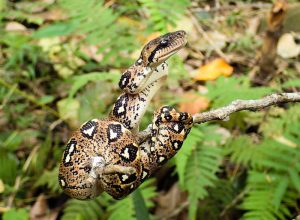 Madagascar Research and Conservation Institute’s (MRCI) former forest conservation staff turned their time on Nosy Komba, Madagascar, into a published research article depicting the herpetological diversity across the island, and how abundance is affected by different habitat types and therefore the conservation value of those areas. The following is a brief summary of its contents:
Madagascar Research and Conservation Institute’s (MRCI) former forest conservation staff turned their time on Nosy Komba, Madagascar, into a published research article depicting the herpetological diversity across the island, and how abundance is affected by different habitat types and therefore the conservation value of those areas. The following is a brief summary of its contents:
Across Madagascar, the majority of herpetofauna species are endemic, with many in decline. 39% of reptile species (Jenkins et al., 2014) and 25% of frog species (Andreone et al., 2005) are “threatened with extinction” on the IUCN Red List. Human populations on Madagascar are expanding, and with them so is the use of agriculture, making human-modified habitats a more prominent feature across the landscape (Harper et al., 2007). The aim of MRCI’s former staff members (Blumgart et al., 2017) in this paper was to establish the extent to which endemic species on Nosy Komba are reliant on primary vegetation, compared to those that can be sustained in human-modified environments (Irwin et al., 2010). This aim is to then allow for the prioritisation of conservation objectives on the island.
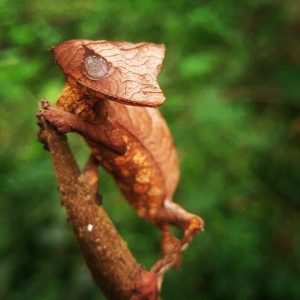 Blumgart et al., 2017, conducted 237 sampling trials, 205 during the day (between 08:00 and 16:00) and 32 at night (between 19:30 and 22:50), from March 16th until September 9th 2015. Each survey was conducted at pre-chosen sites within 20m x 20m quadrats. These were across four different habitat types; closed canopy forest, disturbed canopy forest, shade-grown coffee plantation and mixed open plantation. These four habitats all had quadrat sites located at a low (0-150m), medium (150-350m), and high (350-505m) elevation level.
Blumgart et al., 2017, conducted 237 sampling trials, 205 during the day (between 08:00 and 16:00) and 32 at night (between 19:30 and 22:50), from March 16th until September 9th 2015. Each survey was conducted at pre-chosen sites within 20m x 20m quadrats. These were across four different habitat types; closed canopy forest, disturbed canopy forest, shade-grown coffee plantation and mixed open plantation. These four habitats all had quadrat sites located at a low (0-150m), medium (150-350m), and high (350-505m) elevation level.
Each survey consisted of searching all micro-habitats; leaf litter, crevices in bark and rocks, understory, and observable parts of the canopy. Between four and six observers were involved with each survey and for each individual observed, the vertical height of the animal was recorded. Specimens unidentifiable in the field were photographed for identification at a later stage. For each survey, certain variables were measured and recorded; temperature, humidity, cloud cover, and rain during the previous night/day.
During the course of their study, they encountered 14 species previously unrecorded on Nosy Komba; 2 frogs and 12 reptiles; 4 of which are listed as “threatened” on the IUCN Red List. The results of their 6 month study showed that both reptile and frog abundance differed significantly across habitat types during the day, whilst having no significant difference at night.
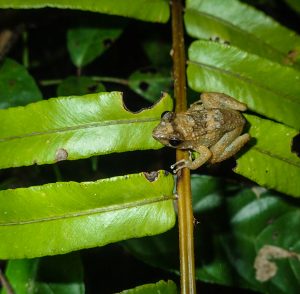 The only species found on Nosy Komba during this study that has not been found on Nosy Be was Amphiglossus mandokava. This species is associated with undisturbed humid forest (Raxworthy, 2011). It was found only once in a highly modified habitat with sparse tree cover, after heavy rainfall. This suggests it may have been washed down from intact forest higher up the island. It’s presence on Nosy Komba means it is possible it may yet be undiscovered in Lokobe National Park; a neighbouring island which theoretically used to be connected to Nosy Be, Nosy Komba and mainland Madagascar many years ago.
The only species found on Nosy Komba during this study that has not been found on Nosy Be was Amphiglossus mandokava. This species is associated with undisturbed humid forest (Raxworthy, 2011). It was found only once in a highly modified habitat with sparse tree cover, after heavy rainfall. This suggests it may have been washed down from intact forest higher up the island. It’s presence on Nosy Komba means it is possible it may yet be undiscovered in Lokobe National Park; a neighbouring island which theoretically used to be connected to Nosy Be, Nosy Komba and mainland Madagascar many years ago.
Overall Blumgart et al., 2017, concluded that some man-made environments, such as the low-intensity coffee plantations, supported a “high abundance and diversity of herpetofauna and are utilised to varying extents by six threatened species”. They did, however, note that some species appear “unlikely to persist in large coffee plantations without interspersed areas of forest”. Therefore, the species found in the plantations are partially dependent on spill-over from adjacent forest habitats (Lucey and Hill, 2012). The authors suggest that to assess the true conservation value of man-made habitats a long term study should be undertaken. Especially as they found it was the generalist species utilising these areas, and in fact only a few of the threatened species were found in them; all present at lower densities.”
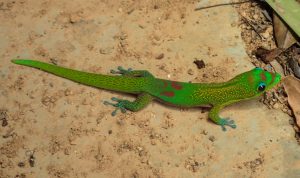 You can view the entire published paper on the herpetological survey of Nosy Komba, Madagascar here:
You can view the entire published paper on the herpetological survey of Nosy Komba, Madagascar here:
Blumgart et al 2017- Herpetological survey Nosy Komba
Bibliography
- Blumgart, D., Dolhem, J. and Raxworthy CJ. (2017) Herpetological diversity across intact and modified habitats of Nosy Komba Island, Madagascar. Journal of Natural History DOI: 10.1080/00222933.2017.1287312
- Harper, GJ., Steininger MK., Tucker, CJ., Juhn, D. & Hawkins, F. (2007) Fifty years of deforestation and forest fragmentation in Madagascar. Environmental Conservation 34: 325-333
- Irwin, MT., Wright, PC., Birkinshaw, C., Fisher, BL., Gardner, CJ., Glos, J., Goodman SM., Loiselle, P., Rabeson, P., Raharison, JL. & Raherilalao, MJ. (2010) Patterns of species change in anthropogenically disturbed forests of Madagascar. Biological Conservation 143: 2351-2362
- Jenkins, RKB., Tognelli, MG., Bowles, P., Cox, N., Brown, JL., Chan, L., Andreone F., Andriamazava, A., Andriantsimanarilafy, RR., Anjeriniaina, M., Bora, P., Brady, LD., Hantalalaina, EF., Glaw, F., Griffiths, RA., Hilton-Taylor, C., Hoffmann, M., Katariya, V., Rabibisoa, NH., Rafanomezantsoa, J., Rakotomalala, D., Rakotondravony, H., Rakotondrazafy, NA., Ralambonirainy, J., Ramanamanjato, JB., Randriamahazo, JE., Randrianizahana, H., Raselimanana, AP., Rasolohery, A., Ratsoavina, FM., Raxworthy, CJ., Robsomanitrandrasana, E., Rollande, F., van Dijk, PP., Yoder, AD. & Vences, M. (2014) Extinction risks and the conservation of Madagascar”s reptiles. PLoS ONE 9:e100173
- Lucey, JM. and Hill, JK. (2012) Spillover of insects from rain forest into adjacent oil palm plantations. Biotropica 44: 368-377
- Raxworthy, CJ. (2011) Amphiglossus mandokava. The IUCN Red List of Threatened Species 2011: e. T172859A6930994. Available from: http://dx.doi.org/10.2305/IUCN.UK.2011-2.RLTS.
- T172859A6930994.en. cited 26 December 2016.
